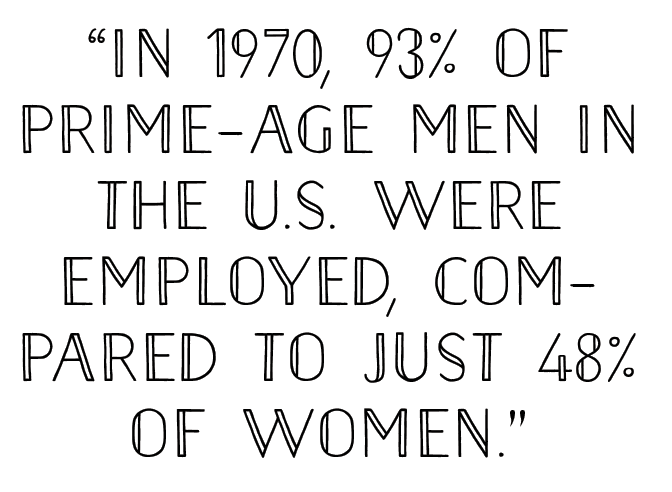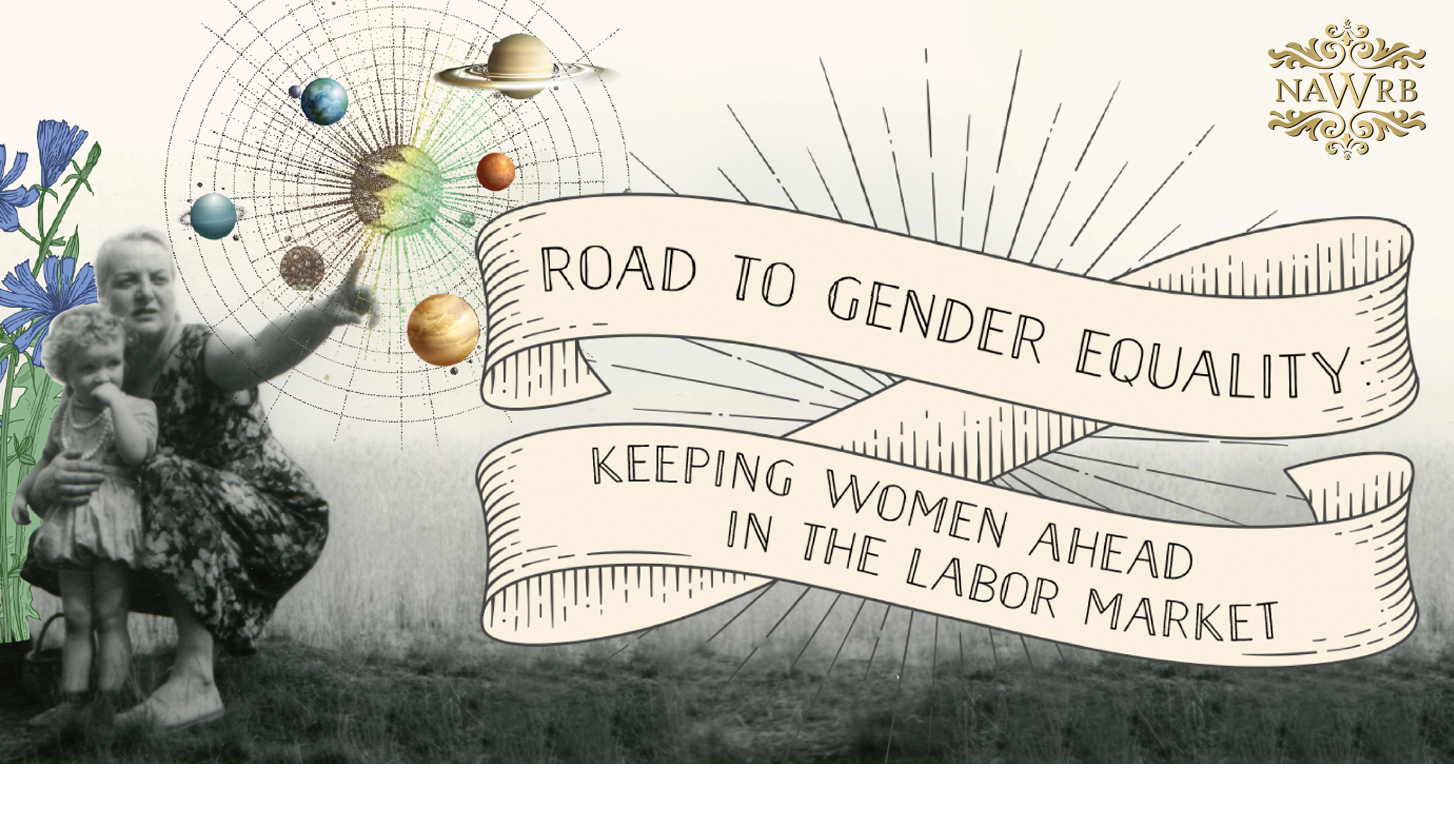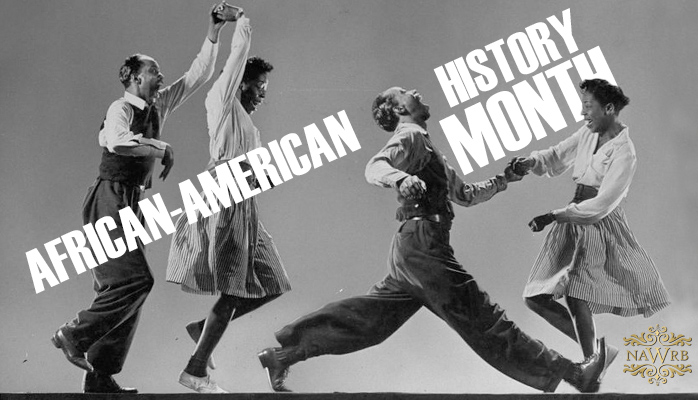For enturies, women have faced injustice and fought for equality to men. Examples of this are in the fight for women’s suffrage beginning in the late 1800s, the inability for women to serve on a jury pre-1919 or for a single woman to open a bank account in her own name as little as roughly 50 years ago. Being a woman has not been seen as advantageous, at least from a historical standpoint. In regards to the workforce, it wasn’t until 1975 that the Sex Discrimination Act made it illegal to discriminate against women in work, education and training.
Even from that point, women still faced difficulty competing with their male counterparts in acquiring better positions and, despite the Equal Pay (Amendment) Act of 1983 allowing women to be paid the same as men for work of equal value, equal pay has still been an issue for some time.
 Yet, with all the struggle of women for equality, in recent years women—specifically Millennial women—have surged ahead of many of their male counterparts. Nearly 60 percent of all college students are women, demonstrating a growing gender gap (in favor of the female) in higher education—often times considered the “ticket” to a high-paying job.
Yet, with all the struggle of women for equality, in recent years women—specifically Millennial women—have surged ahead of many of their male counterparts. Nearly 60 percent of all college students are women, demonstrating a growing gender gap (in favor of the female) in higher education—often times considered the “ticket” to a high-paying job.
Continue reading

 Login
Login





















